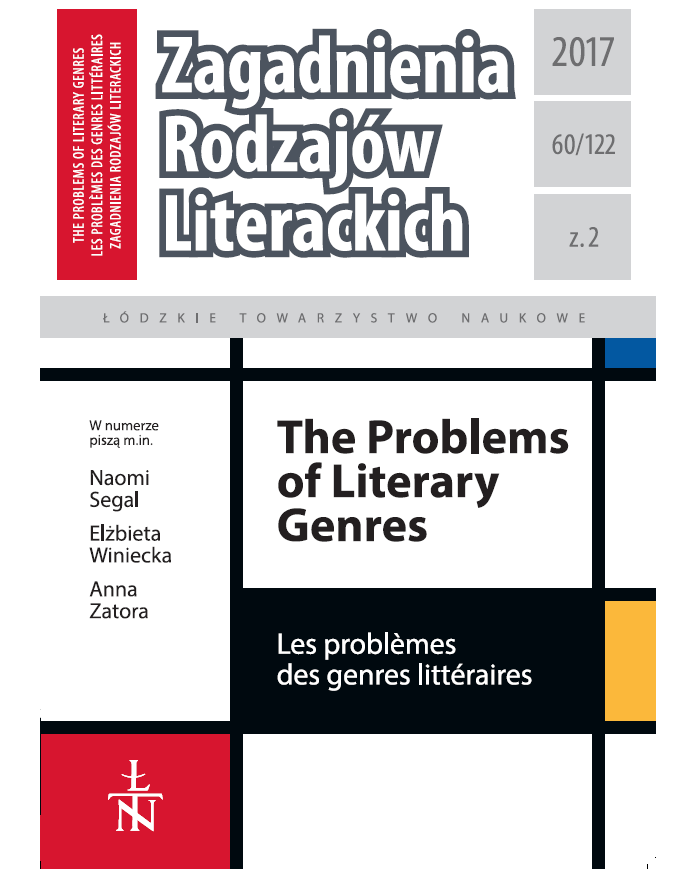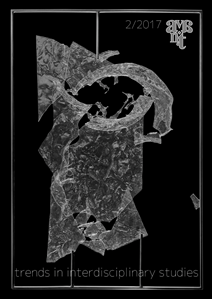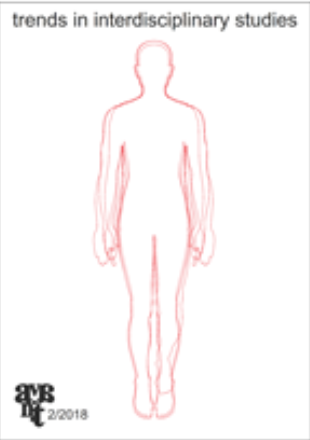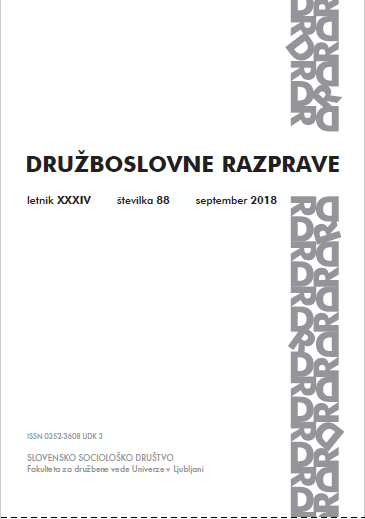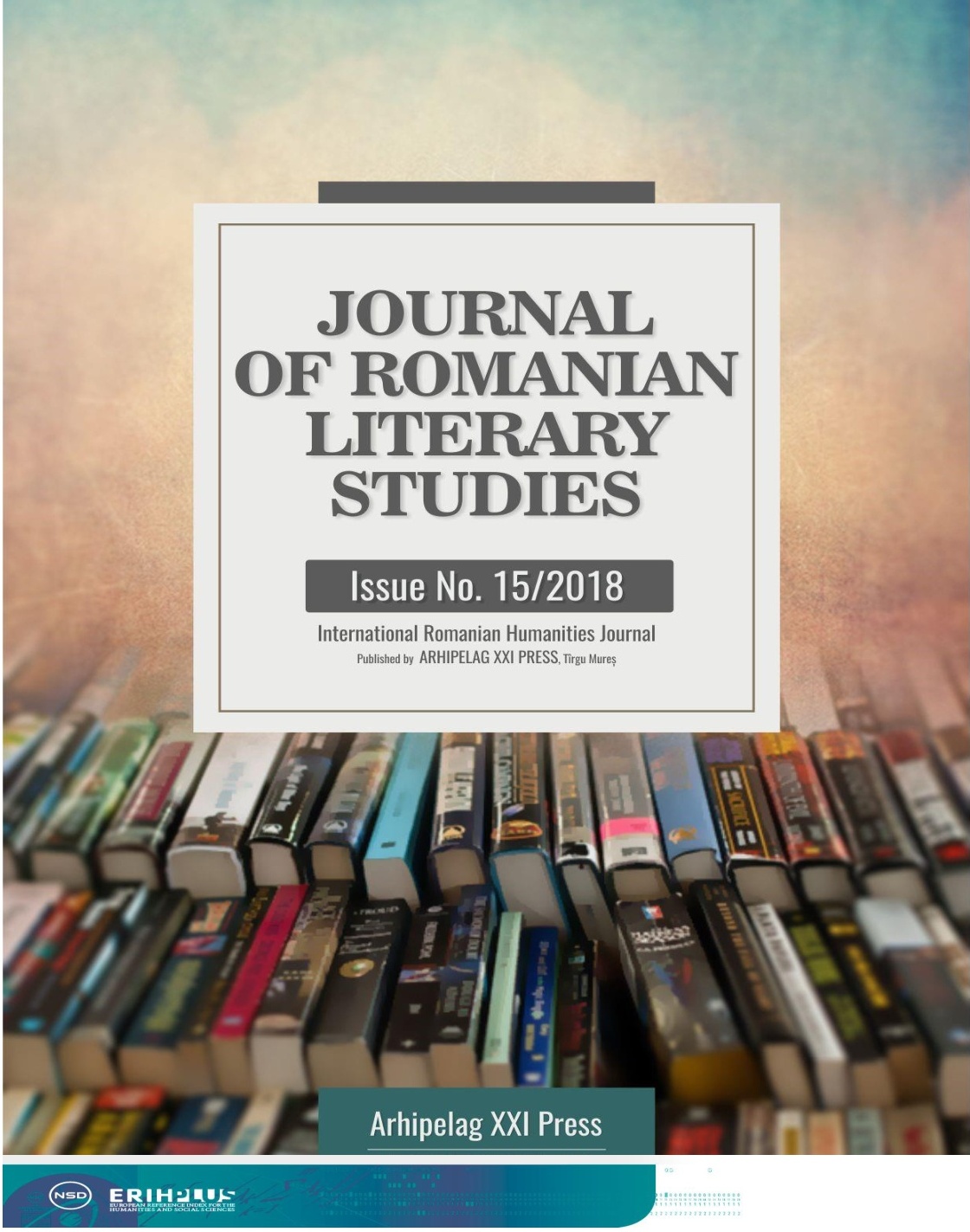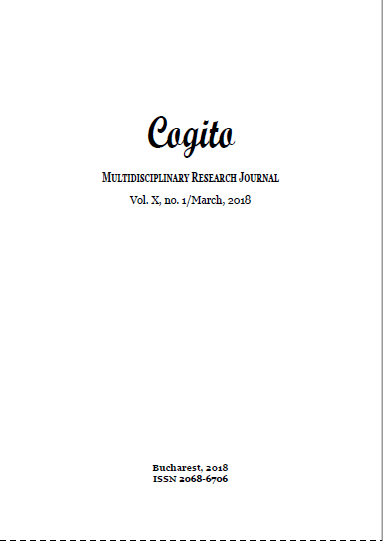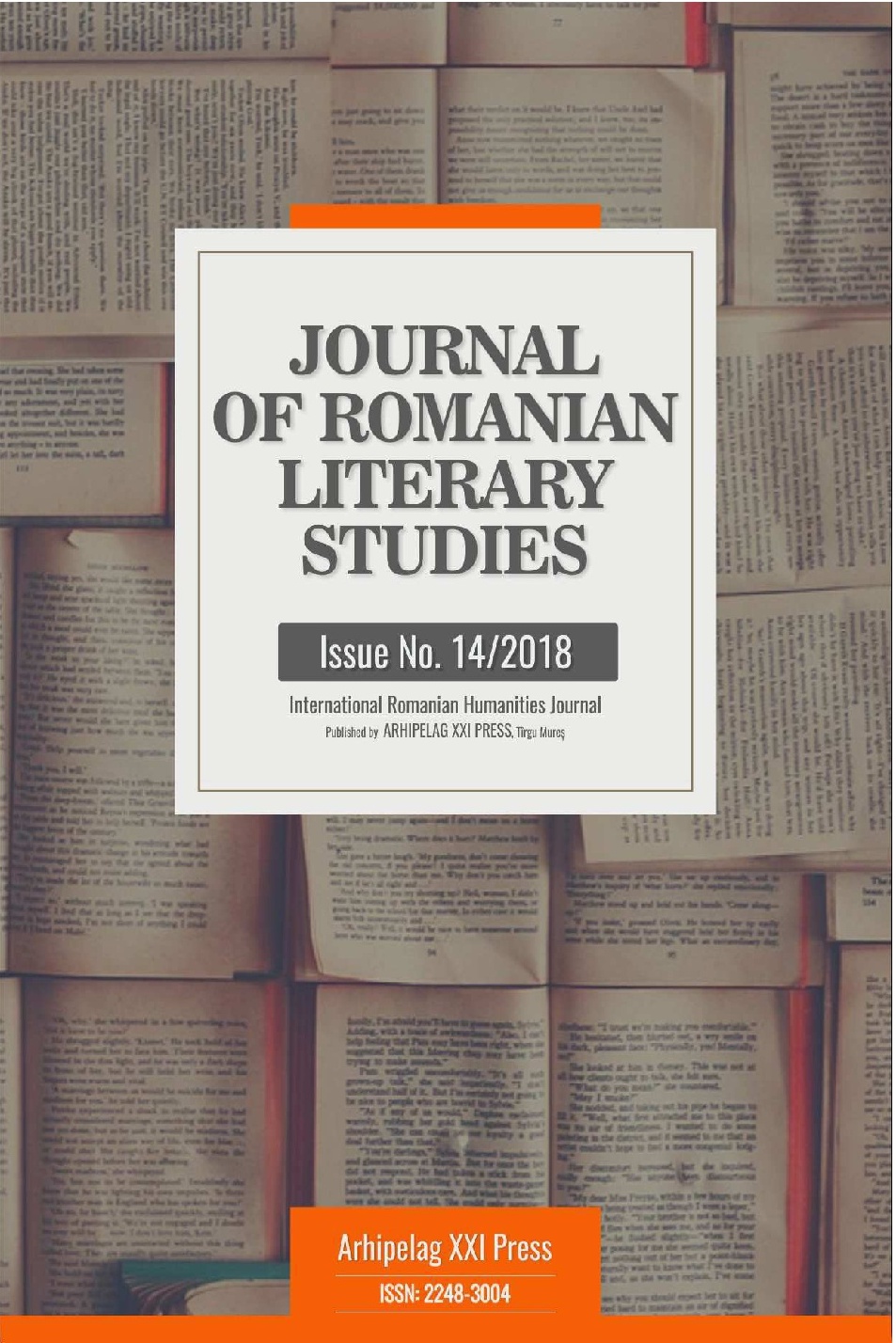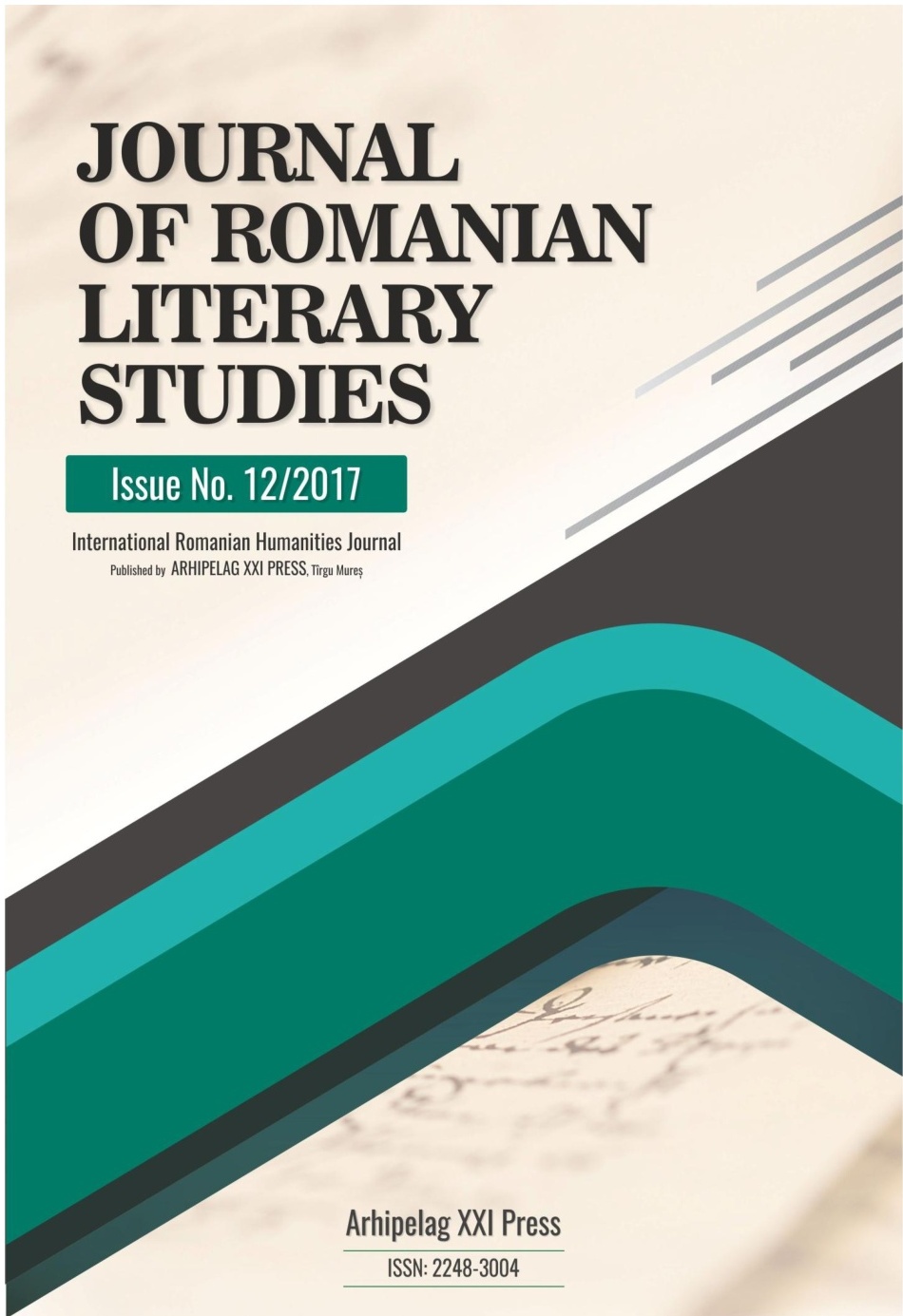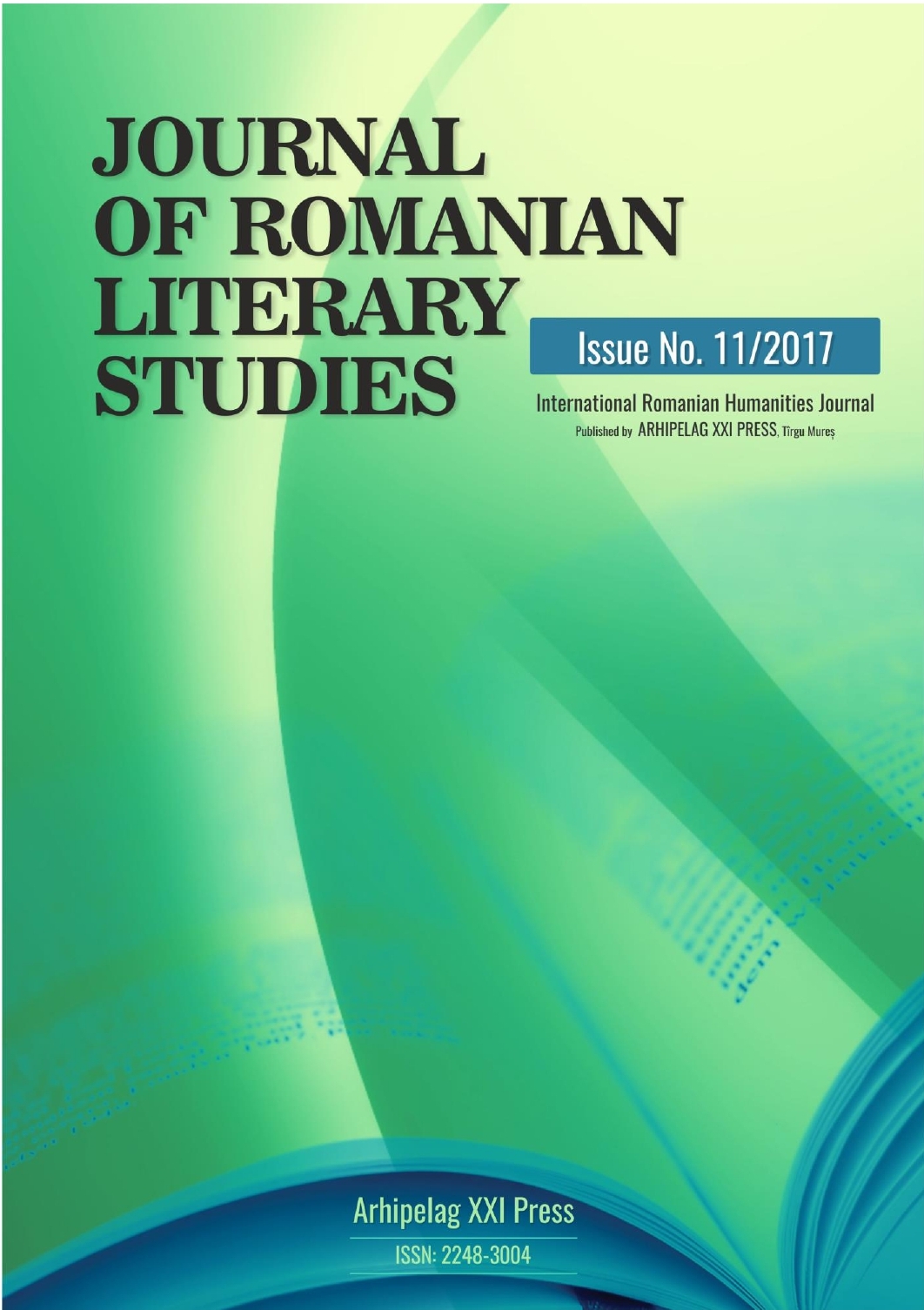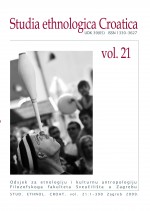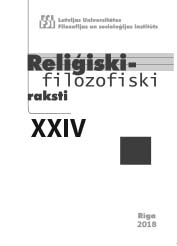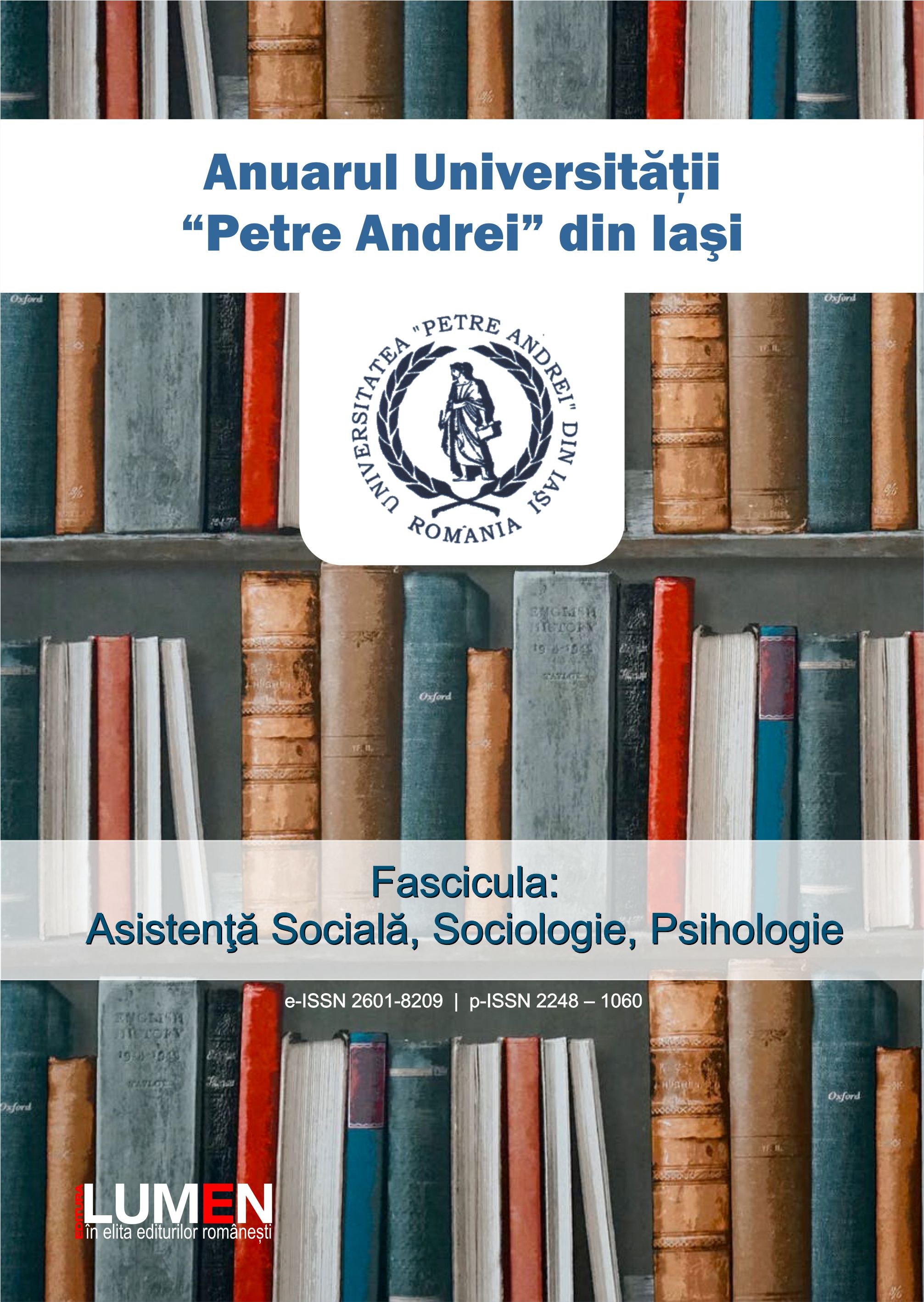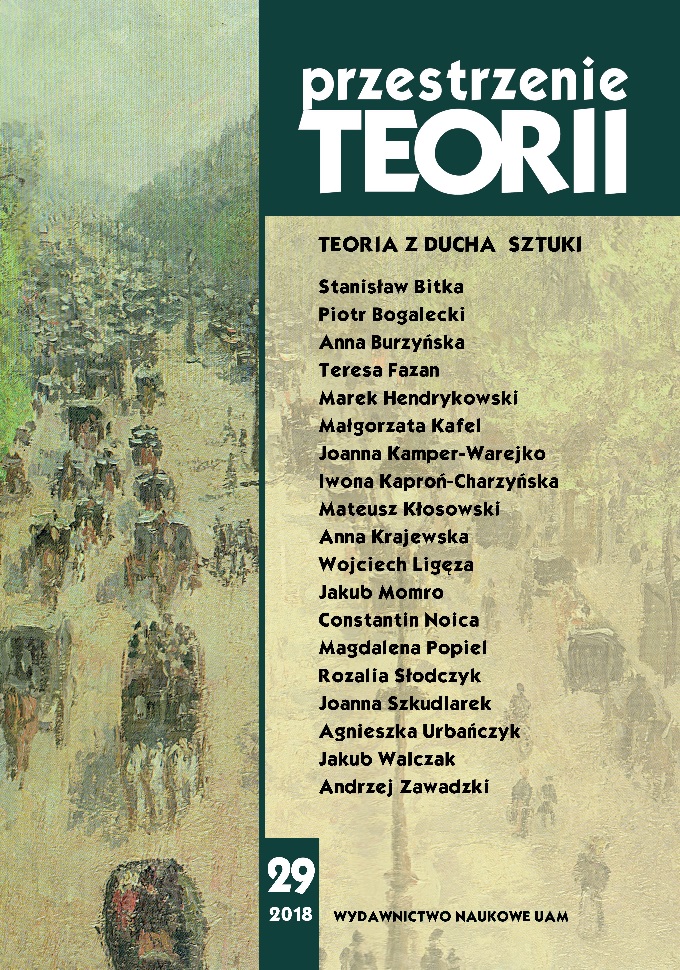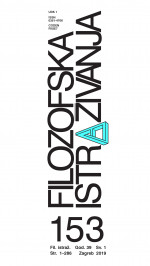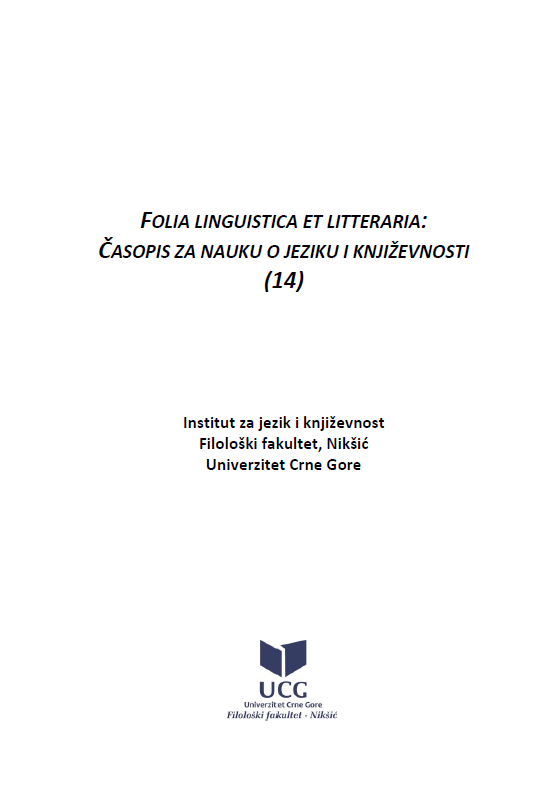Author(s): Nestan Kutivadze / Language(s): Georgian
Issue: 17/2016
The spiritual world of a man, the phenomenon of his personality, his behavior and the motives, and factors determining the behavior are manifested by means of psychology and fiction as well. Each of them has its own ways of doing it. It is no coincidence that Sigmund Freud, the greatest psychoanalyst of the 20th century, is also referred to as a good literary writer, and his creative works _ as ‘a high level literary phenomenon’ (Hans Martin Lohmann). As is known, the human psyche is made up of the conscious and unconscious parts. Freud argues that human behavior can be determined more by unconscious aspirations than by conscious ones. According to the structural model developed by Freud a person’s psyche consists of three parts: id; ego, super-ego. Having analyzed in details the functions of each part Freud emphasized that the existing borders between them are not clearly fixed. It is important to note that a strong person can control his impulses. This is reflected in the fact that he realizes the impulses acceptable for the super-ego and demonstrates in his behavior, while unacceptable impulses are banished to the unconscious. Repression is considered to be ‘the basis for other defense mechanisms’. It should be noted that the defense mechanisms, including repression as one of such mechanisms, arise in a particular situation. Its nature is determined by the epoch and the cultural values that participate in the formation of the personality of every individual. A person makes a choice according to them.One layer is of note. According to Freud, negative emotions, unwanted objective reality, information ignored due to world view, etc. are banished from consciousness to its periphery. Repression is sometimes called motivated forgetting. Using this ability people forget traumatizing past that they have experienced. In order to maintain banished experience in the unconscious ego needs constant efforts depending how strong the banished emotion is. But as a banished memory constantly strives to become conscious it manifests itself in dreams, beliefs or other forms (S. Freud).Famous Georgian scientist Dimitri Uznadze paid much attention to Freud’s theory about the unconscious mind. D. Uznadze believed that the unconscious is represented only in an organizational form of attitude and set. A well-known psychologist also points out that conscious may become unconscious, and vice versa _ unconscious may become conscious. It should be taken into consideration that if for the various reasons the unconscious becomes conscious it immediately ‘becomes a normal conscious process’ (D. Uznadze).In Georgian prose a number of important artistic works distinguished by the psychological profundities can be found. In this regard, Shio Aragvispireli and Mikheil Javakhishvili can be marked out. It was noted and recognized immediately in their early works and even negatively perceived in relation to some issues. I would like to focus attention on one detail, one of ‘defense mechanisms’ of the psyche which is called a banished experience and is found as a relevant element in the literary works of both authors. In this perspective Shio Aragvispireli’s novella ‘My First Love’ and Mikheil Javakhishvili’ history ‘The Melted Chain’ have the intersection points. How the unconscious layers of conscious mental experiences are determined by forgotten, banished feelings, what traces are left and what shape a person a literary character with certain psychological features being in the specific circumstances takes when understanding them, are well manifested in the above mentioned literary narrative. Works about love written by Shio Aragvispireli have often become the subject of heated dispute. This is natural, because he was one of the first writers to raise extremely painful problems of that time. ‘My First Love’ is distinguished among his novellas. The author poses the problem of the uniqueness of the first feeling and solves it in his own way.The story seems somewhat artificial but it is extremely important in terms of manifesting psychic layers of the human mind. In Aragvispireli’s work we have a situation, when a banished past did not create anew conflict in present. It’s very strange. But a real-like story, as the writer calls it, has a peaceful, and moreover, a happy end. However, ‘a traumatizing past experience’ may collide with such type of a present situation when the objective reality creates an obstacle that is almost impossible to overcome. The latter is given in ‘The Melted Chain’ by MikheilJavakhishvili.‘The Melted Chain’ by Mikheil Javakhishvili is an important work in many respects. It created the artistic image of ‘a dishonorable man’ that has well demonstrated the essence of the tragic era of the early 20th century. Except for this, the text is notable in terms of psychological background.The following elements are relevant to the plot of both texts: daughters, who look at most physically identical to their mothers at the same age, meet the men who were in love with their mothers and who have thoroughly forgotten their first love, but ultimately fail to overcome it. Repressed past is transformed from the unconscious feeling into the conscious one. Both works demonstrate how the psyche (ego-I) protects itself from traumatizing past and tries to banish the painful memories but these efforts are unsuccessful.Ego’s effort to get rid of unacceptable feeling for the super-ego is fruitless. In favorable conditions the feeling returns and determines the sequence of events depending on the reality. Unlike the characters in Shio Aragvispireli’s novella the objective situation in the present and personal-ideological disagreement leads to the tragedy of Javackhishvili’s characters.Naturally the question arises, whether the authors were aware of the theory of psychoanalysis. Available materials about Shio Aragvispireli do not give a direct answer to this question. However, it is not controversial that a very well-educated veterinary physician who got education in Europe was well-aware of the major trends of thinking of his epoch. Quite bold themes cultivated in his artistic texts can be taken as a proof. It is known that Mikheil Javakhishvili was well-acquainted with Freud’s psychoanalytic theories. They were interpreted in ‘Rabbit’ with unusual artistic mastery. The writer’s records in his pocket book provide interesting information. One of the entries reads: ‘Freud and August _ this is Jako’ (M. Javakhishvili). Yet another confirmation of the above mentioned is ‘The Melted Chain’.Famous literary critics René Wellek and Austin Warren believe that, the writers are not necessarily required to understand psychology as a science. However, the use of‘psychological intuition’ may attach more artistic value and importance to their works.Thanks to effective story, memorable literary heroes, the ability to deeply penetrate into psychological nuances and artistic mastery two prominent Georgian writers of the first half of the twentieth century managed to show the importance of a banished past and its defining role in a person’s life in an individual manner.
More...

